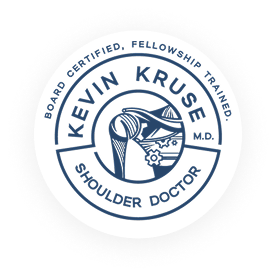What is Revision Rotator Cuff Surgery?
Revision rotator cuff surgery is a procedure done to repair a re-tear in the rotator cuff after a failed initial rotator cuff surgery. The revision surgery is generally more complex, as it attempts to repair a rotator cuff that has been torn multiple times.
Causes for Failure of Initial Rotator Cuff Surgery
Failure of the initial rotator cuff surgery may be due to:
- Inadequate strength of the original repair construct
- Biological failure due to tendon degeneration or fatty infiltration at the injury site
- An inappropriate or aggressive physical therapy rehabilitation program
Indications for Revision Rotator Cuff Surgery
Some recurrent rotator cuff tears may be treated with conservative therapy that involves rest, use of a shoulder sling, pain medications, and steroid injections. However, revision rotator cuff surgery may be required in cases of the persistence of symptoms that include:
- Severe shoulder pain
- Weakness of the arm
- Crackling sensation on moving the shoulder
- Pain when lying on the affected shoulder
Preparation for Revision Rotator Cuff Surgery
Your doctor will assess your symptoms and take your medical history. Imaging tests such as X-ray, MRI, or CT-scanning may be ordered. Inform your doctor about the medicines you are taking prior to the procedure and if you are allergic to any medicines or anesthesia. Arrange for someone to drive you home after the surgery.
Revision Rotator Cuff Surgery Procedure
- Either general or regional anesthesia can be used for the surgery.
- Depending on the severity of the rotator cuff injury, the revision rotator cuff repair may be performed as a traditional open surgery or an arthroscopic procedure through tiny 2-3 puncture hole incisions made on the skin over the shoulder.
- Special surgical instruments are inserted through the incision to remove damaged tissue and any loose bodies and bone spurs from the area.
- The healthy tendon is identified and reattached to its appropriate anatomical site.
- The incision is closed with sutures.
Recovery after Revision Rotator Cuff Surgery
Prescription pain medicines or NSAIDs (non-steroidal anti-inflammatory drugs) are used to manage pain. Your shoulder will be placed in a sling for 4-6 weeks to immobilize it while it heals. A few days after the surgery, you will be encouraged to perform passive physical therapy exercises to optimize mobility. As the shoulder becomes stronger, you will be allowed to gradually start active physical therapy. Most patients can expect a return to normal activities after 6-9 months.
Risks of Revision Rotator Cuff Surgery
As with any surgery, there are associated risks and complications that may occur, such as:
- Anesthetic complications
- Infection
- Nerve damage
- Stiffness
- Tendon re-tear
Benefits of Revision Rotator Cuff Surgery
The majority of patients that have undergone revision rotator cuff surgery report significant pain relief as well as improvement in shoulder strength and function.

